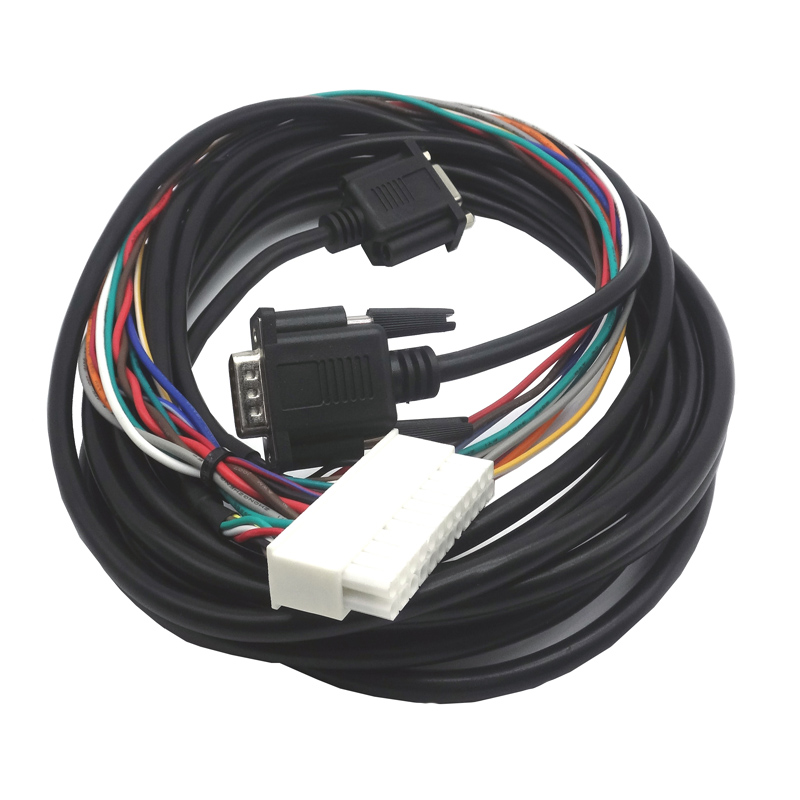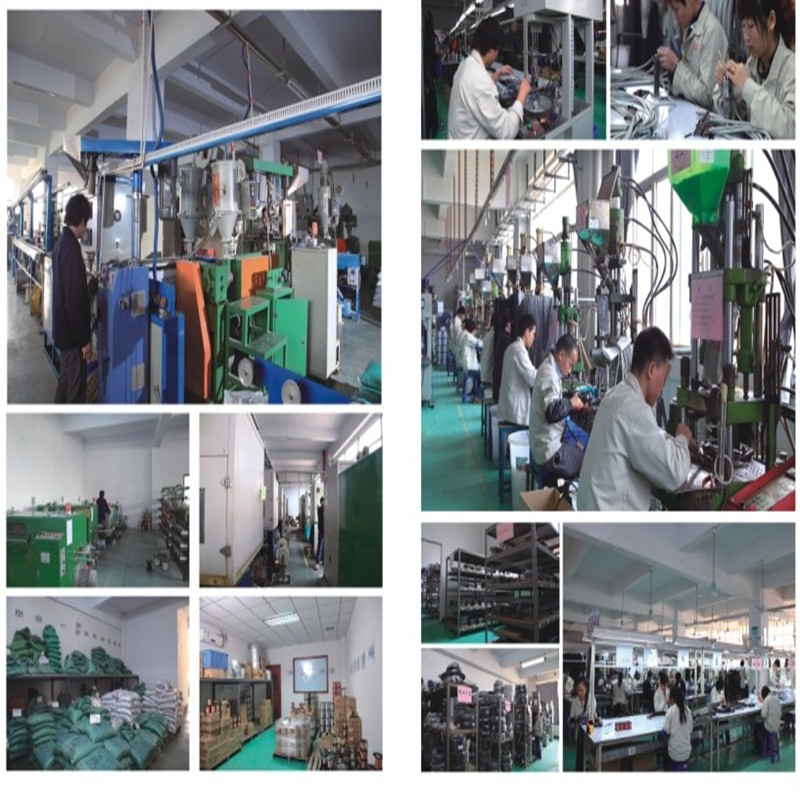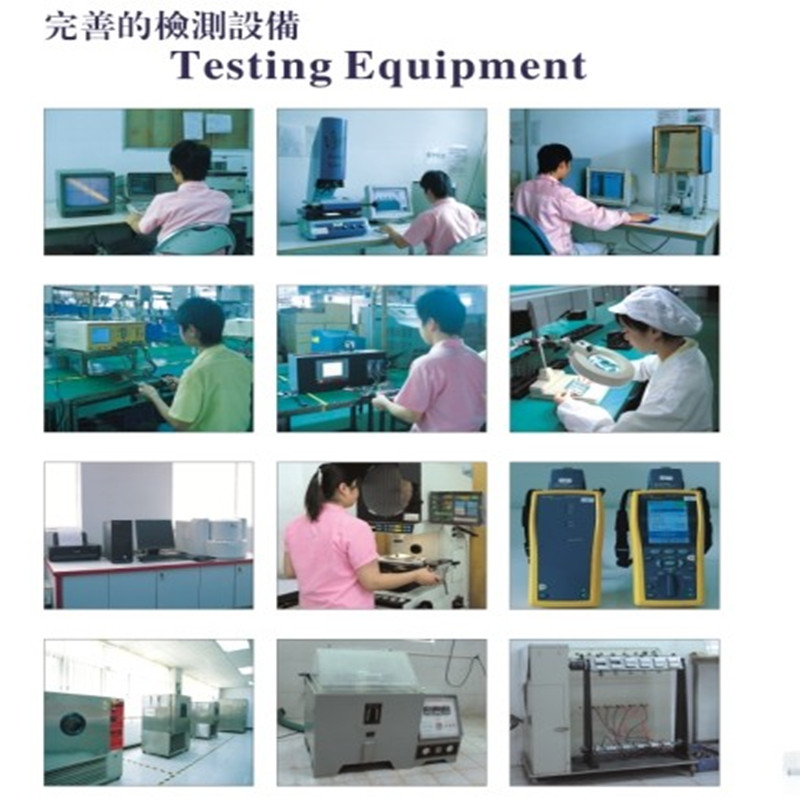Issues to consider in multi-core design
Why use multi-core? If you design a processor that is twice the original size, the performance will not increase to twice the original, and the performance will only increase by the square root, so doubling the size will not bring about the same level of performance growth, only It is about 1.4 times the original performance, which is a 40% increase. This is called Pollack's law (defined by Intel engineer Fred Pollack) and has been proven in a single-core system. And chip manufacturers are trying to use multiple cores to improve the performance and speed of the improvement factor.
But designing a multi-core system faces some new challenges.
Communication gap
Communication between cores is perhaps the most critical issue, because it plays a vital role in some systems. No special measurement is required. The increase in general traffic and the number n of cores is a quadratic equation (n + 1) * n / 2. Therefore, the communication data volume of a four-core system will be better than that of a single-core system. With a ten-fold increase, a 16-core system will increase to 136 times the original, and a 256-core system will increase by more than 32,000 times! Therefore, a flexible communication system between cores is the most basic for the work of multi-core systems.
There are several solutions that use a central memory for buffering, but problems occur when all processor cores communicate internally with the memory. Generally, a packet switch network or other architecture will be used.
We can make an interesting analogy, assuming this is a human organization, if the number of people increases, communication will become difficult, and even bring bottlenecks. If it is a small group of 2 or 4 people, communication is much simpler. If the number exceeds 20 or more, a more effective communication structure is needed, such as weekly meetings, technical groups, etc.
Practice shows that a group of 6 to 8 people is the most effective. Larger groups require reasonable structure and other forms of consultation and collaboration. The same is true in multi-core systems.
Artificial design factor
Human design factors also affect the architecture of multi-core systems. In 1990, I gave a technical lecture in Eindhoven, the Netherlands. I decomposed the design into modules and interconnections between modules. Similarly, the number of connections is also a quadratic equation with the number of modules.
The solution to complex problems is the ability to apply and generalize concepts. Here, some components are regarded as macro components.
Bottom-up design, simple decomposition and construction of various components until the most basic structure-logic gate or arithmetic unit, for example, using a hierarchical method, complex quadratic equation problems can be simplified into linear problems.
In designing a multi-core system to complete the management of communication and design complexity, it is very important to choose the appropriate architecture, design ideas, application of tools, and so on.
Balance of power consumption
Reducing power consumption and heat dissipation of multi-core systems is another major problem facing engineers. Reducing power consumption can be achieved by limiting the operation of each core, called "voltage scaling"-the frequency and power supply voltage of each core can be optimized according to the task operation of each processing core.
Another factor to consider is the amount of parallel processing that can be inferred by the process. If there are few parallel operations, there is no advantage in using multiple cores for processing.
Multithreading is a method of processing parallel operations. Writing software in the communications processor is another method. These technologies are supported by special operations to maintain the accuracy and consistency of the system.
Author: Cees Jan Koomen is a former executive of Royal Philips, is currently committed to investing more than start-ups, venture capital and ecosystem construction in the Netherlands.
Shareconn development co.,Ltd specialized in computer cables, extension cables, power cords, medical cables, video and audio cables.
We always make all Cable Assemblies in RoHs or REACH raw materials. Most of cable assemblies export oversea market. our management compliance with ISO 9001.
Our factory have R&D and engineers departments, we have ability to develop and produce customized cables.
We have our own laboratory to support the testing requirements from our suppliers and 100% checking before shipment. To assure the product and the comprehensive competence, we introduce high-level technical talents and management personnel as well as well-trained staff, and improve ourselves in many ways, like the quality, price, delivery, service, etc. Now, Shareconn has been the best supplier and partner for many customers.



Cable Assemblies
Cable Assemblies,Custom Cable Assemblies,Cable Assembly,Custom Cable Assembly
Shareconn Development CO.,LTD , http://www.share-conn.com